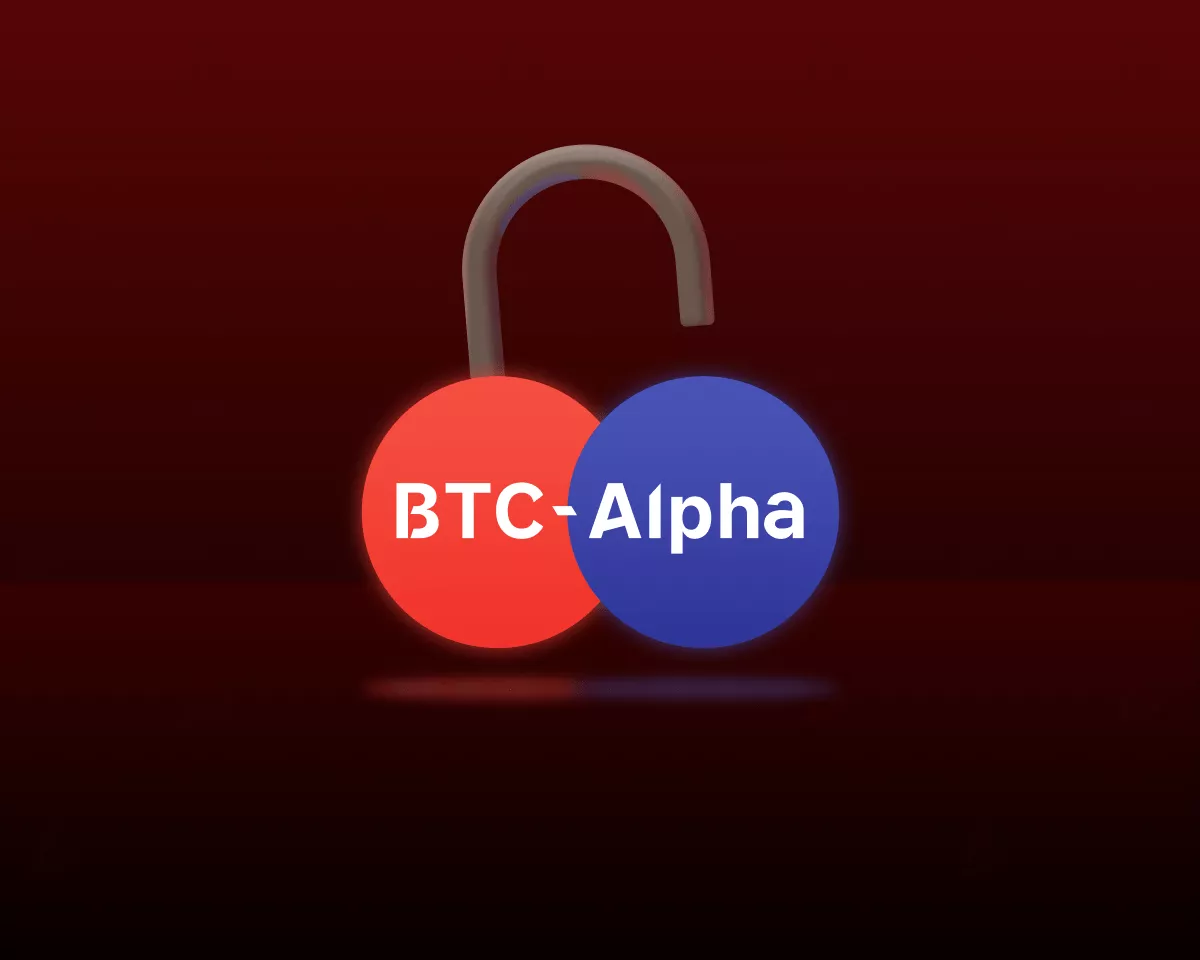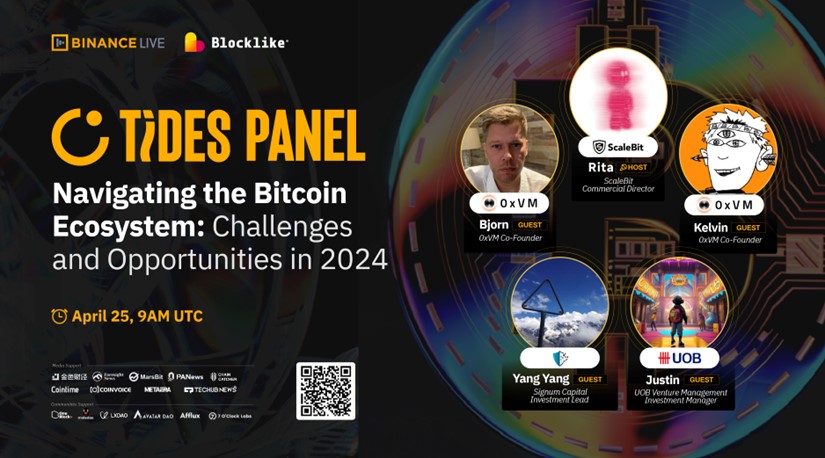In the blockchain space, narratives have always proven to be powerful drivers of attention, investment, and growth. The evolving landscape has witnessed the rise and fall of various themes, from ICOs to DeFi and NFTs, leaving behind important lessons for investors, founders, and enthusiasts alike.
The evolution of narratives can be observed through the transformation from Initial Coin Offerings (ICOs) to launchpads. The ICO boom of 2017 promised a revolution in venture capital, but many projects failed to sustain their momentum. As the industry matured, attention shifted to more refined investment mechanisms, with exchanges spearheading the launchpad trend. These narrative shifts highlight the dynamic nature of the Web3 space, where trends emerge, peak, and recede in rapid succession.
Narratives, like tidal waves, sweep across the cryptocurrency space, propelling once-obscure concepts to the forefront of attention. Let’s look at a few recent scenarios that exemplify this phenomenon.

First, we had the Bitcoin Defi moment. Bitcoin, not commonly associated with experimentation, saw the introduction of Ordinals, representing Bitcoin through unique identifiers, opening doors for sophisticated DeFi applications. BRC-20 tokens, built on Ordinals, aimed to mimic ERC-20 tokens’ fungibility with unique traits, potentially paving the way for DeFi on Bitcoin with fractional ownership, smart contracts, decentralized exchanges, lending and borrowing platforms, and insurance platforms. But as we always say, CT has the brain of a goldfish. The attention span didn’t even last up to two months. Only the first users/builders, really made any money from it.
Then we had the LSD-Fi craze. LSDs dominated DeFi due to Ethereum’s transition to Proof of Stake. It offered users staking rewards without locking up assets, while LSDfi protocols like Lybra Finance, and Pendle Finance built on this concept, expanding the ecosystem with benefits like liquidity increase and reduced risk. APRs were running high. But guess what? After the initial degens aped in, APRs dropped drastically, and with the drop, went the hype.
We saw the same thing during the Memecoin Frenzy. Tokens like $PEPE and $BEN went up a lot, driven by social media, NFT popularity, and the desire for quick profits. Though people knew that these tokens were risky and highly volatile, and risky, they just wanted to generate those sweet 100x gains in the shortest while possible. The hype there was the relative ease in buying, coupled with the potentiality of making good profits in an otherwise, stagnating market. Well, as with all meme seasons ever known to man, the hype ended abruptly with loads of scandals, rugs, hacks and shills.
Ohh how can we forget the hype on AI Coins due to the recent AI popularity of Chatgpt? What drove the hype? Speculation due to progress? transformative potential? speculative rebranding?
Or can we forget the purpoted Virtual Reality Revolution? Where rumours of Apple’s VR headset and Meta’s rebranding drove interest and speculation in the metaverse. Tokens like Decentraland (MANA), The Sandbox (SAND), Axie Infinity (AXS), and Render Network (RNDR) gained a lot of multiples upon these rumours. Old entrants gained, and newcomers lost. Cause why not?
Narratives have their limitations.
They can push a theme to the forefront, but they do not guarantee long-term success. So, founders often find themselves caught in a dilemma: the challenge of timing their ventures right within the volatile narrative cycles.
Mind you, most of those projects I mentioned earlier, were very good projects but the narratives that pushed their price and popularity eventually hurt them in the long run. So, founders try to reconcile themselves with the fact that they made enough revenue/profits, to manage operational costs in a market downturn. Because even the bear markets can expose the vulnerabilities of projects that have been caught up in the fervour of attention, leading to a dwindling user base and diminishing market prospects.
The Web3 investment landscape is akin to an uncharted territory, where pioneers must rely on a blend of visionary foresight and calculated risk-taking.
For founders navigating the Web3 landscape, several survival strategies emerge:
1. Understanding the Narrative: Distinguishing between investor-driven narratives and themes with deep-rooted potential is crucial. Founders should identify whether they are entering early into a narrative or riding the wave of an existing one.
2. Being Early: Early-mover advantage often translates to months of investor education and convincing. This dual-edged sword can be both a blessing and a challenge for founders seeking support and investment.
3. Surviving as a Flex: In a landscape where many peers may fall by the wayside, survival itself is a remarkable achievement. Prudent financial management, aimed at weathering the storm, can be the key to long-term success.
4. Consumer Attention Precedes Capital: Prioritizing user engagement and iterating products based on consumer feedback before seeking investor capital is a sound strategy. Satisfying consumer needs fosters organic growth that is more sustainable.
5. Recognizing the Right Timing: Timing is pivotal; entering a collapsing theme or misinterpreting short-term price rallies as genuine consumer demand can lead to challenges in securing follow-on funding.
The Dichotomy of DeFi
DeFi, once touted as the beacon of innovation, has transitioned from inflated expectations to a more pragmatic slope of enlightenment. Despite a reduction in attention and usage, the underlying user base remains relatively stable, indicating that many users are still actively participating in the category.
This dichotomy prompts a critical question: Can DeFi sustain its relevance beyond the fluctuations of market narratives?
The answer hinges on the ability of the DeFi ecosystem to address the challenges that became apparent during the initial hype phase. This includes addressing issues like high transaction fees, network congestion, and security vulnerabilities.
Then, we have to shift the emphasis towards tangible utility and real-world use cases.
The DeFi projects that can demonstrate concrete value propositions, solve actual problems, and offer sustainable financial products are likely to find more stable footing. There’s a need to strike a balance between innovation and compliance. We have to move the transition from speculative trading tokens to products that deliver genuine financial services.
Currently, the Web3 ecosystem’s emphasis on ownership and exclusivity contrasts with the Internet’s early days, where free access to content prevailed. The shift towards ownership comes at a cost, both in terms of monetary investment and user engagement.
Emerging themes like DeFi, NFTs, and Web3 gaming are still unfolding stories, each with its own unique trajectory. The shift from relying solely on investor capital to fostering consumer engagement is a crucial shift that founders must embrace. It’s no longer enough to chase trends; founders must buidl products that address real-world needs and provide tangible value.
As the space grapples with creating value while retaining user attention, models that combine “free” experiences with ownership, like those seen on Reddit, offer potential paths forward.
A new paradigm is emerging in the Web3 investment landscape — one that places a premium on sustainability, user engagement, and meaningful differentiation. Unlike the frenzied ICO days, investors are now scrutinizing projects for their long-term viability and their ability to withstand market volatility — due to interest rate hikes and liquidity dry-up in the market. The concept of “survival of the fittest” applies not only to the projects themselves but also to the investors and entrepreneurs who are adapting and evolving with the shifting tides.
As the Web3 investment landscape continues to evolve, the challenge lies in striking the delicate balance between risk and reward. Timing investments right within the narrative cycles, understanding the intrinsic value of projects beyond speculative hype, and fostering user engagement are the cornerstones of success. Investors, founders, and enthusiasts must navigate this intricate terrain with an eye on the long-term potential, guided by the lessons learned from the past and the promise of a more sustainable future.
Conclusion
The Web3 investment landscape is a complex tapestry woven from narratives, attention, capital, and survival. It is a landscape where trends rise and fall, where hype can both propel and extinguish projects and where success is defined by a blend of foresight and adaptability. As the industry matures, the focus should shift from short-term price action to long-term value creation. The path ahead demands a strategic approach. So, builders, creators and users alike should have an understanding of the ever-changing dynamics, and an unwavering commitment to innovation that withstands the test of time.

















